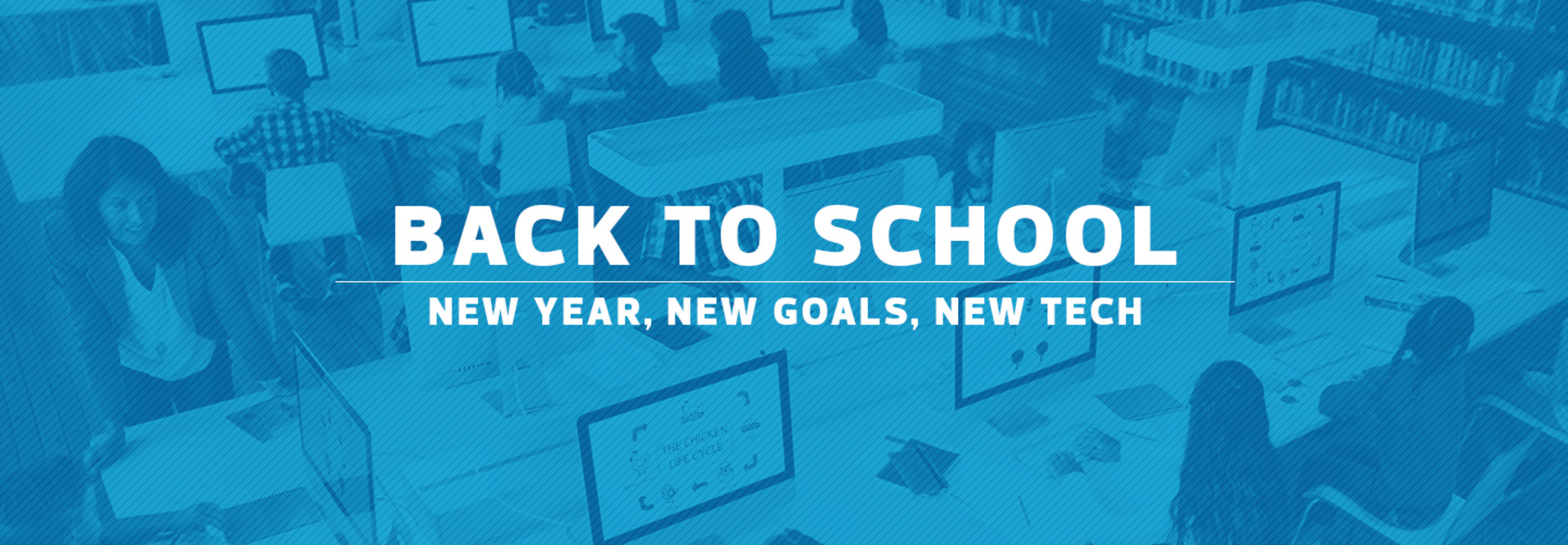Investing in Ed Tech? First Get Stakeholder Input
Even with research and preparation, there are no guarantees teachers will buy into IT changes. That’s why the Orchard Farm School District in St. Charles, Mo., goes to great efforts to ensure IT changes will be used.
“We do everything possible to not spend money until we have to spend money,” says Richie Williams, the district’s network security administrator.
Williams and other district leaders take a multistep approach before purchasing. First, a committee of teachers and administrators meets to decide which technology to deploy.
Then district leaders request a demonstration or trial period to ensure the committee members get a chance to try the equipment. When committee members approve of a product or service, the district moves forward with the purchase.
“The entire process revolves around community effort and buy-in,” Williams says. “We make decisions before we make decisions.”
When those affected by the decisions are included in the selection process, they have a strong commitment to the success of the IT change, he says.
BACK TO SCHOOL: Read more about how technology underscores the promise of a new school year.
Focus on Mentoring and Training for Teachers
Despite administrators’ encouragement, teachers may see new technology as just another task they don’t have the bandwidth for. If their peers offer encouragement and understanding, new technology may have a better chance to break through.
In the Pflugerville Independent School District in Texas, with 26,000 students, teachers are paid to be digital literacy leads who serve as role models and encourage other teachers to use technology.
They also solicit feedback from colleagues, note which teachers are struggling or excelling with technology, and relay relevant information and tips from the district.
“Teachers are selected by the principal and are rotated every two years to keep the ideas fresh and increase the number of people involved,” says Victor Valdez, CTO of Pflugerville ISD.
Orchard Farm School District offers professional development days throughout the school year as a way to motivate teachers and maintain energy around tech-driven initiatives. “Seeing and being around enthusiastic people gives teachers ideas about how they can use the technology,” says Williams.
Orchard Farm teachers also attend state conferences — another way to generate interest. “The teachers return from conferences enthusiastic and are expected to come back and share what they’ve learned,” Williams says.
BACK TO SCHOOL: Get tips on ways to take on new educational IT projects.
Monitor Progress and Offer Regular Support for Teachers
Teachers may neglect technology in their classrooms if they feel discouraged or are unsure of how best to proceed.
“We notice that right after the trainers leave is a scary time for the teachers,” Valdez says. “It’s as if they are thinking, ‘Oh my gosh, what do we do now?’”
That’s why, in Pflugerville, specialists regularly meet with teachers individually and in groups. They revisit training topics, help teachers plan lessons that involve the new technology and often model lessons for teachers.
The district keeps a daily report of technology use. Any lapse in use might indicate a teacher needs additional support or is having difficulties with the technology. Then Valdez and his team offer to go into a classroom and demonstrate a lesson.
“When there are dips in technology use at a school, there are often other more serious issues going on such as attendance and struggles with student engagement,” Valdez says.
Teachers in Orchard Farm schools also receive regular support from the district’s technology coach. Besides helping in the classrooms and even teaching lessons, the tech coach engages teachers via Twitter and aims to boost their use of and interest in technology.
CHECK IT OUT: See who made EdTech’s 2019 list of must-read K–12 IT influencers.
Leaders in the School District of Philadelphia also prioritize training and coaching to help teachers understand ways to enhance tried-and-true instructional practices with technology.
The approach is a necessity in a system that has about 128,000 students and a 3-to-1 device ratio at the majority of its schools, according to Fran Newberg, deputy chief of educational technology.
Even in the district’s elementary schools, at least 70 percent offer a digital literacy and technology curriculum, she says.
Teachers receive numerous hours of training as well as coaching, Newberg says. Coaches work closely with teachers to co-plan lessons and figure out ways to create interactive activities that reinforce previous instruction and address the multiple ways students learn.
Even with technology, best practices for teaching don’t change, Newberg says. Students still need hands-on experiences, for example, and opportunities to collaborate. Teachers learn to “use the technology to do the things you couldn’t do without technology,” she says.
For more on how to make 2019 a successful IT year, check out more of our back to school content.










